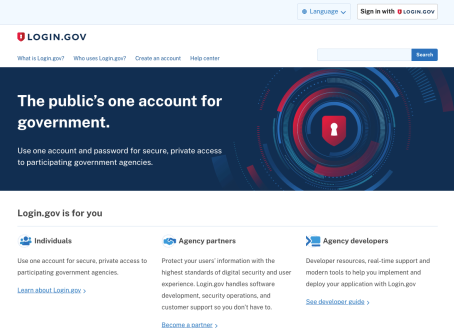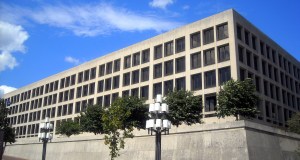Labor Department lends a hand with states’ overwhelmed unemployment systems

The Department of Labor and other federal partners have been working with states to shore up their overloaded and outdated unemployment systems.
Although state governments are responsible for the systems that provide unemployment benefits to Americans who are out of work, Labor Secretary Eugene Scalia has called on his agency to form a “response team” to help with the overwhelmed technology, department CIO Gundeep Ahluwalia told FedScoop in an interview.
The department is “developing a plan as to how to make sure that the systems are more organized over the next few years,” Ahluwalia said. His team is also working with Federal CIO Suzette Kent and the U.S. Digital Service to support states in need, he added.
Struggles in states like New Jersey have made national news as unemployed people apply for benefits in record numbers during the coronavirus pandemic. The systems — many built on COBOL mainframes — are facing surges of applicants they weren’t built to support. Under the stress, they are either collapsing or slowing down to a near-standstill. To add insult to injury, there’s a shortage of COBOL developers available to repair the overwhelmed systems.
“Their front-end claims, the receiving capabilities, are not disjointed from the claims processing. So a load on both sides was creating bottlenecks,” Ahluwalia said of the disruptions. The systems were designed to handle “200 claims a week, and now you’re getting 1,000-1,200 every half hour. They were never designed for a tsunami like that,” he said.
On top of that, many states didn’t have the tech — laptops and tablets — in place for their workforce to continue mission-critical work away from the office. “They were not equipped, they had desktop equipment and their claims processors went home overnight,” Ahluwalia explained.
The department, with the help of USDS and the Federal CIO Council, began reaching out to states to see how they could help. One way was to get the private sector involved.
“We built a network of vendors,” Ahluwalia said. “So can IBM come in? Can we bring in KPMG? Can we interact with Microsoft, Amazon Web Services? All these partners who have wonderful relationships not only at the federal level but also with the states. We tried to bring all of them together” to help out.”
Even if it was just to assist a state in buying the commodity IT it needed to improve its telework capabilities, the support was meaningful in such a critical time, Ahluwalia said.
“It’s a perfect example where these states alone were struggling,” he said. “And the federal ecosystem — the CIO Council, U.S. Digital Service, Department of Labor — we all came together and provided as much help as we can. It’s a long road. And there’s a long way to go. But I’m proud of the support that we’ve been able to put together.”
Labor missions uninterrupted
A key reason Ahluwalia and his team could offer their supports to states is that Labor’s own infrastructure was prepared to handle any scaling of services and the move to nearly ubiquitous telework.
“We as the Department of Labor have come here to protect 401(k)s, to run job corps centers, to make apprenticeships available, to people get temp workers in a timely fashion, help veterans get back into civilian life,” he said. “I mean, those are the things that drive the department … and I am so pleased to say that we are continuing as a department all of our activities to protect the American worker almost without missing a beat.”
Like many CIOs, Ahluwalia pointed to prior IT modernization successes as saving graces during the pandemic: ramping up virtual private network (VPN) usage; moving critical applications to the cloud and closing data centers; and giving employees upgraded laptops and mobile devices in lieu of desktop computers.
The result for DOL is more than 95% of the workforce teleworking and continuity of digital services, like the Foreign Labor Certification process. If the department hadn’t recently digitized how American employers can apply and become approved to hire foreign workers, the formerly paper-based process would’ve been impossible while offices are closed during the pandemic.
“It was a perfect story where all of this came together,” Ahluwalia said. “Otherwise, we would’ve had to shut down our printing operations during COVID-19. And I don’t even want to imagine what impact that would have had on seasonal workers coming in, which are vital to our economy even in these difficult times.”
Likewise, with its websites like the Bureau of Labor Statistics — which releases globally watched reports on American unemployment — and other informational pages hosted in the cloud, the department was able to weather massive spikes in traffic as Americans search for answers to their employment-related questions during the economic downturn.
“Across the department, I find that we’ve not missed a beat in terms of serving the mission area that we are here for,” Ahluwalia said.



